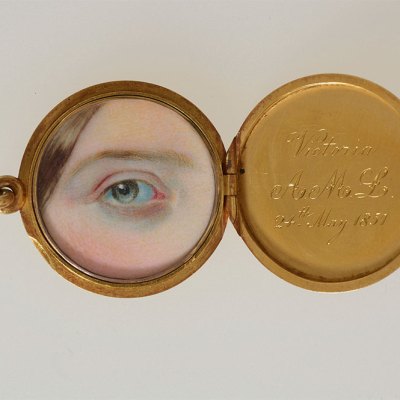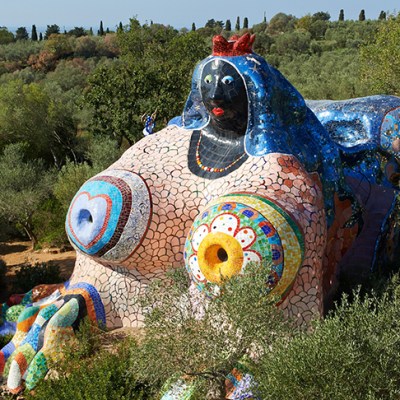

‘Four things to see’ is sponsored by Bloomberg Connects, a free arts and culture platform that provides access to museums, galleries and cultural spaces around the world on demand. Download the Bloomberg Connects app here to access hundreds of digital guides and explore compelling audio and behind-the-scenes perspectives.
Each week we bring you four of the most interesting objects from the world’s museums, galleries and art institutions, hand-picked to mark significant moments in the calendar.
The theme of love recurs in art from the earliest cave paintings to contemporary works. Throughout history, this universal human experience has been celebrated, subverted and reimagined in countless ways that reflect its varied, ineffable nature.
On Valentine’s Day, we are reminded of how traditions of romantic love have evolved through history, from medieval courtly romance to modern-day expressions of affection. The day itself has transformed from its origins in ancient Roman fertility rites to become a celebration of love in all its forms. This week we explore four artistic interpretations of love, each offering a different perspective on the subject.
Joined male and female figures (3rd–2nd centuries BC), unknown maker, Nayarit, Mexico. Cantor Arts Center, Stanford University
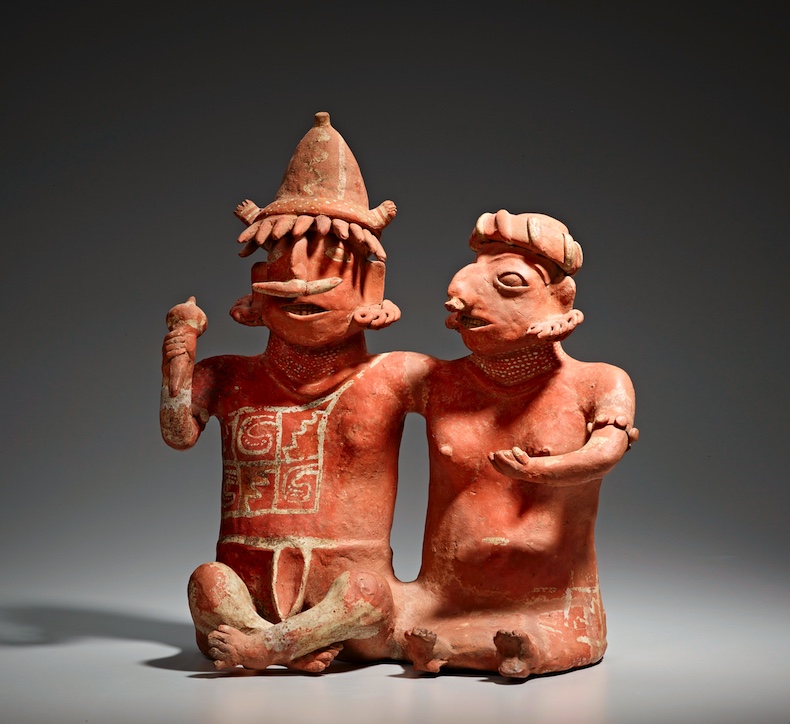
Joined male and female figures (3rd–2nd centuries BC)
Cantor Arts Center, Stanford
This remarkable pre-Columbian sculpture from what is now Nayarit, Mexico, depicts an intimately connected couple. The male warrior and adorned woman sit with their arms entwined. Their jewellery and ceremonial dress suggest high status and the woman, with her rounded belly, is visibly pregnant. Such figures were placed in tombs, preserving the deceased’s connection with the world of the living. Click here to find out more on the Bloomberg Connects app.
Love Messenger (mid 1920s), Gaganendranath Tagore. National Gallery of Modern Art, New Delhi
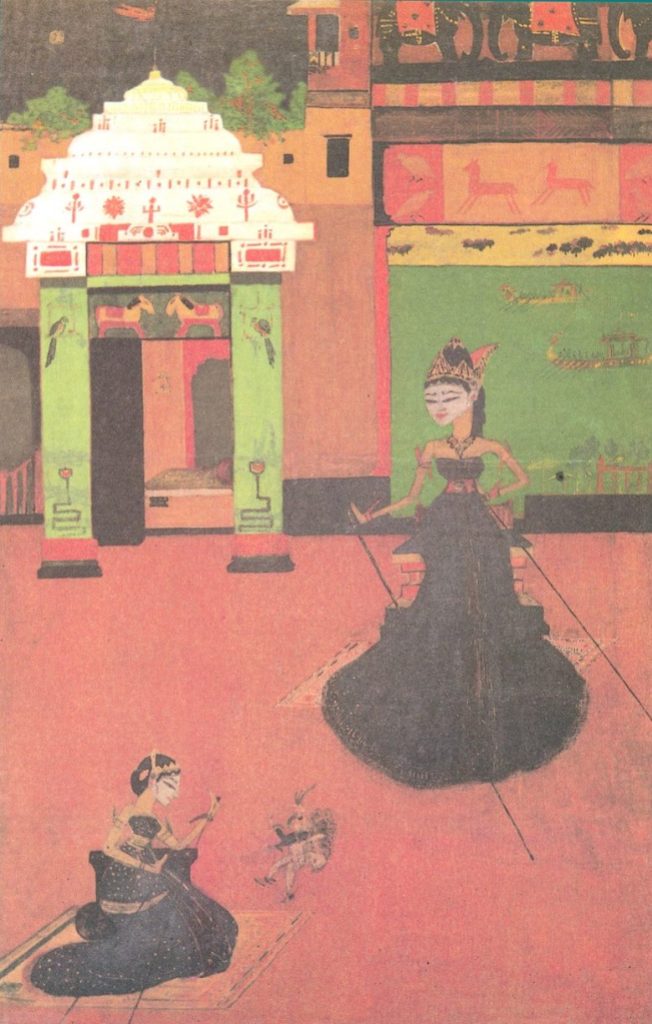
Love Messenger (mid 1920s), Gaganendranath Tagore
National Gallery of Modern Art, New Delhi
Tagore drew on his love of theatre in this dramatic scene, which captures a moment of anticipation as a messenger delivers words of love to a woman of high standing. Often seen as one of the first great Indian painters of the modern era, Tagore borrowed from various artistic traditions in his work. The colours and blocking are inspired by Indian court painting, while his use of oils in this painting demonstrates his interest in Western painting traditions. Click here to learn more.
The Kiss (1897), Edvard Munch. Munchmuseet, Oslo
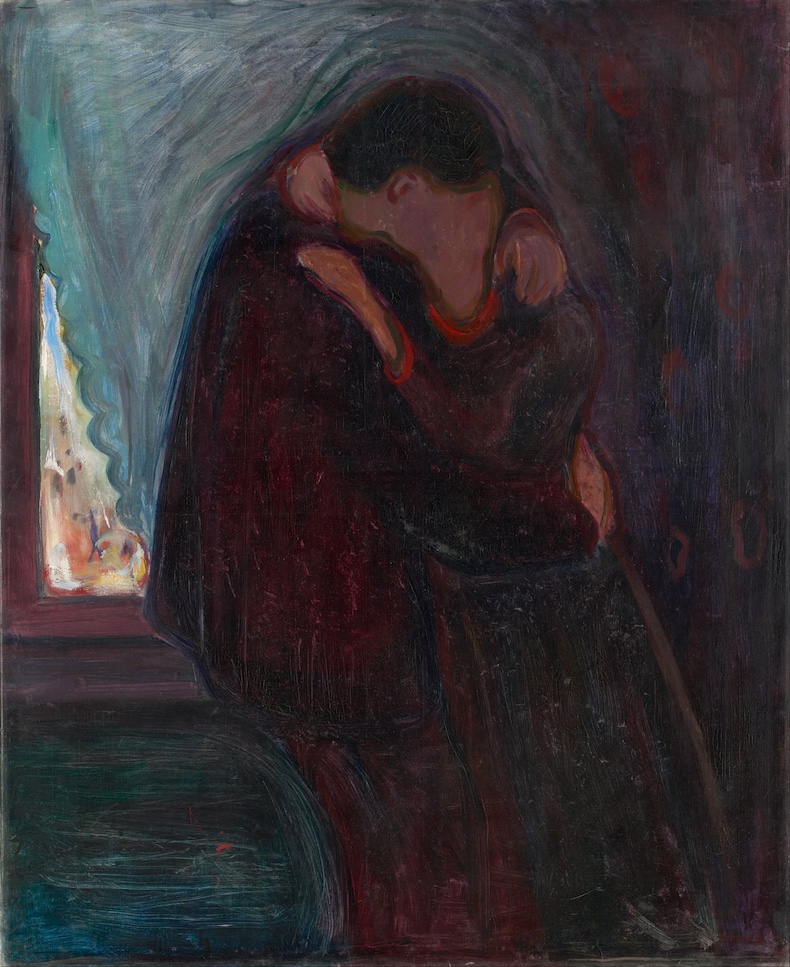
The Kiss (1987), Edvard Munch
Munchmuseet, Oslo
In this powerful evocation of romantic passion, Munch depicts two lovers whose faces seem to merge into one during their embrace. The artist uses a typically dark palette here, imbuing the scene with a sense of anxiety – one heightened by the suggestion that individuality might dissolve in the face of love. Click here to find out more.
Installation view of Fantastic Paradise (1966–67), by Niki de Saint Phalle and Jean Tinguely. Photo: Åsa Lundén/Moderna Museet; © Niki Charitable Art Foundation/Bildupphovsrätt 2025/Jean Tinguely/Bildupphovsrätt 2025
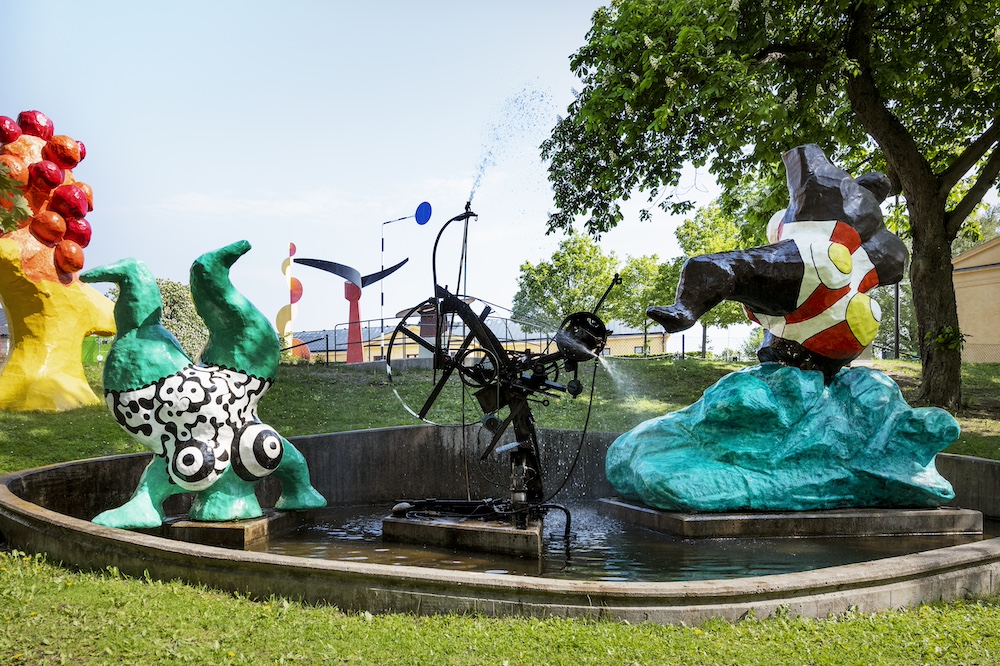
Fantastic Paradise (1966–67), Niki de Saint Phalle and Jean Tinguely
Moderna Museet, Stockholm
This playful group sculpture, created by longtime lovers and creative partners Saint Phalle and Tinguely, stages a theatrical pursuit between Saint Phalle’s voluptuous, colourful figures and Tinguely’s mechanical black forms. Originally produced for the World Fair in Montreal in 1967, the work stands as a testament to these artists’ personal and creative union. Click here to read more.
![]() ‘Four things to see’ is sponsored by Bloomberg Connects, a free arts and culture platform that provides access to museums, galleries and cultural spaces around the world on demand. Download the app here or scan the QR code to access hundreds of digital guides, anytime, anywhere.
‘Four things to see’ is sponsored by Bloomberg Connects, a free arts and culture platform that provides access to museums, galleries and cultural spaces around the world on demand. Download the app here or scan the QR code to access hundreds of digital guides, anytime, anywhere.


